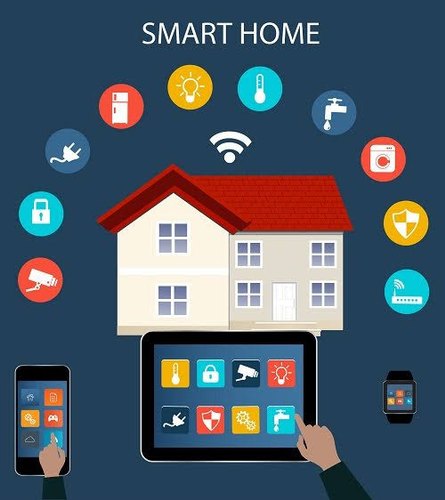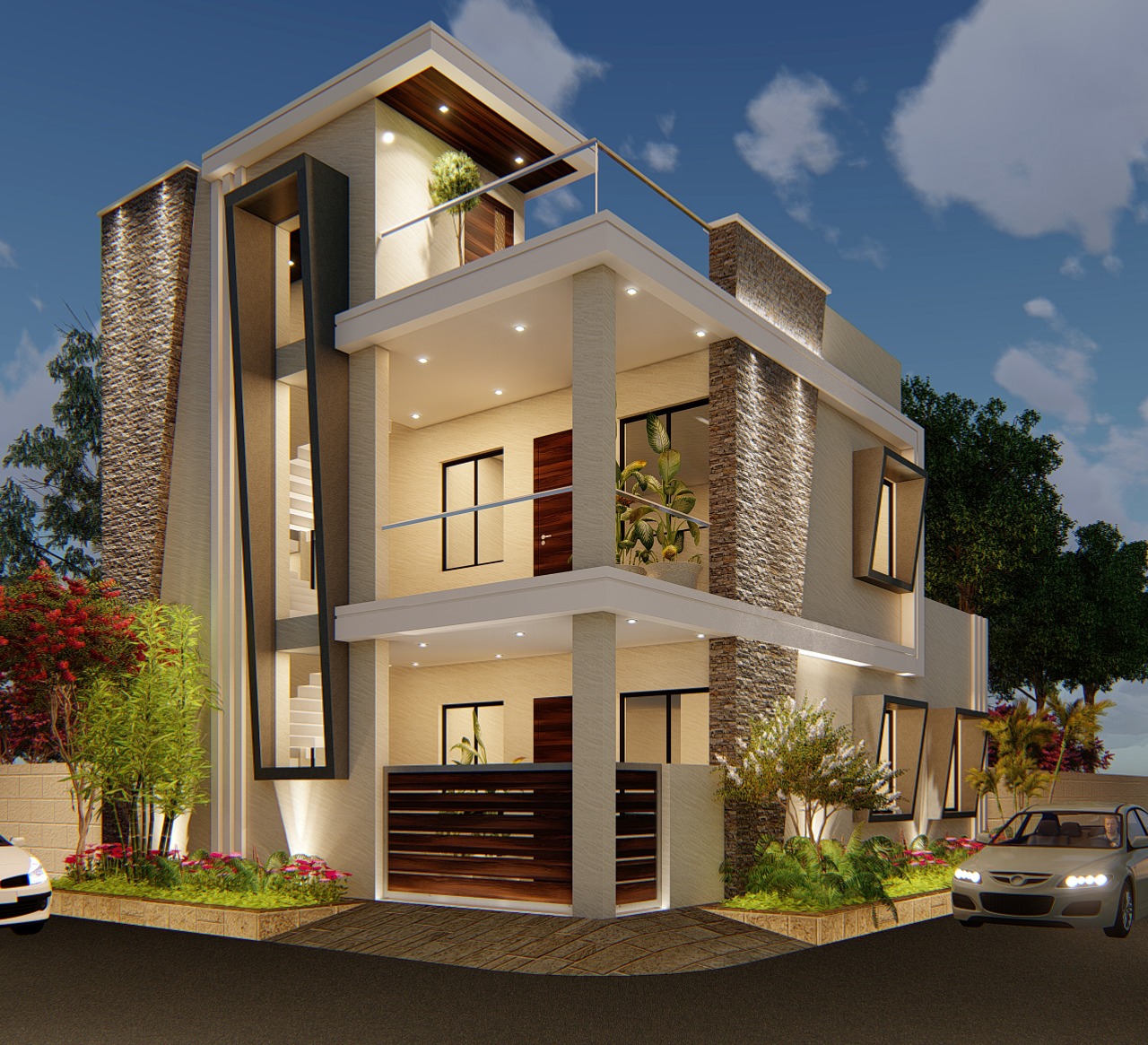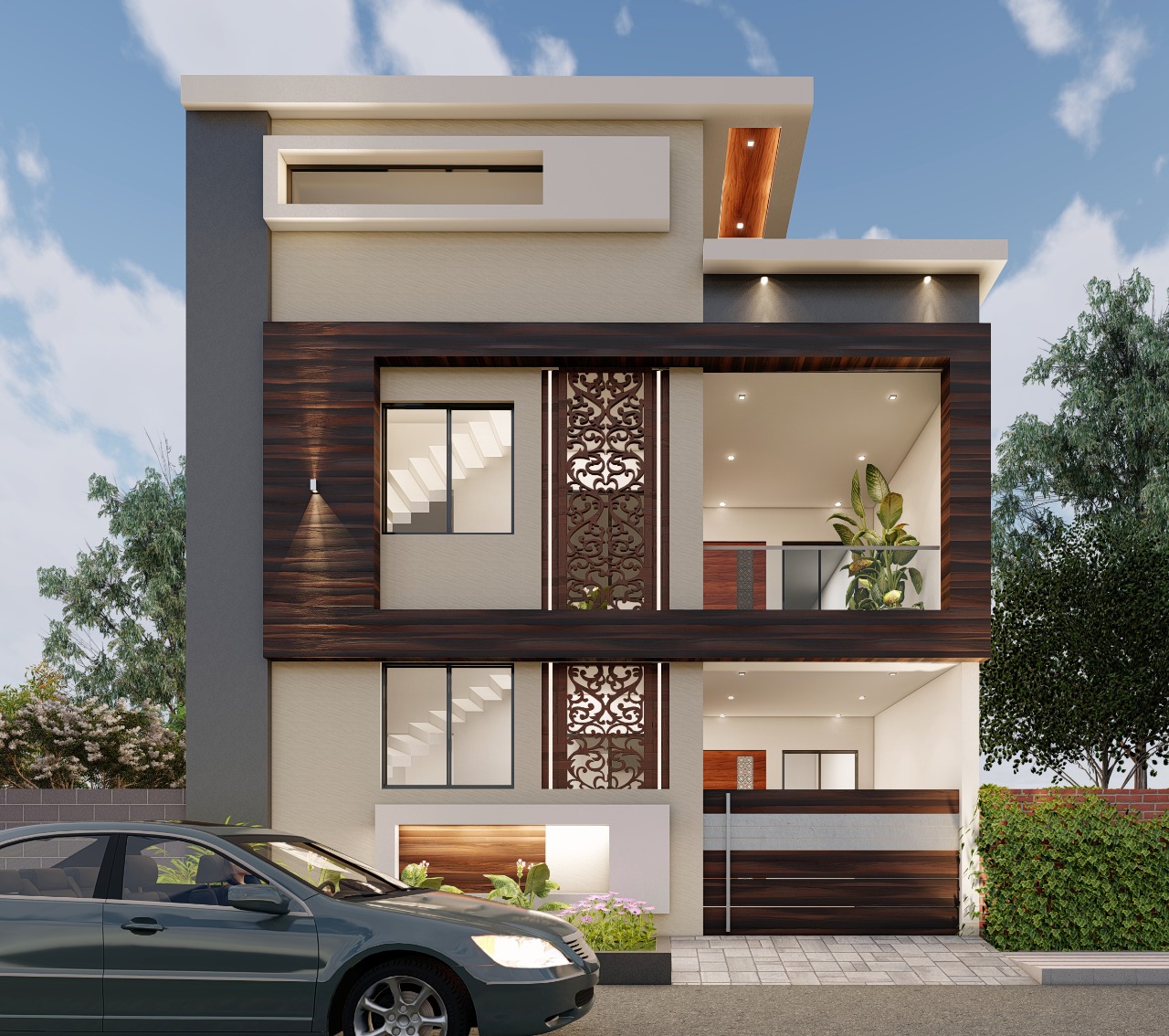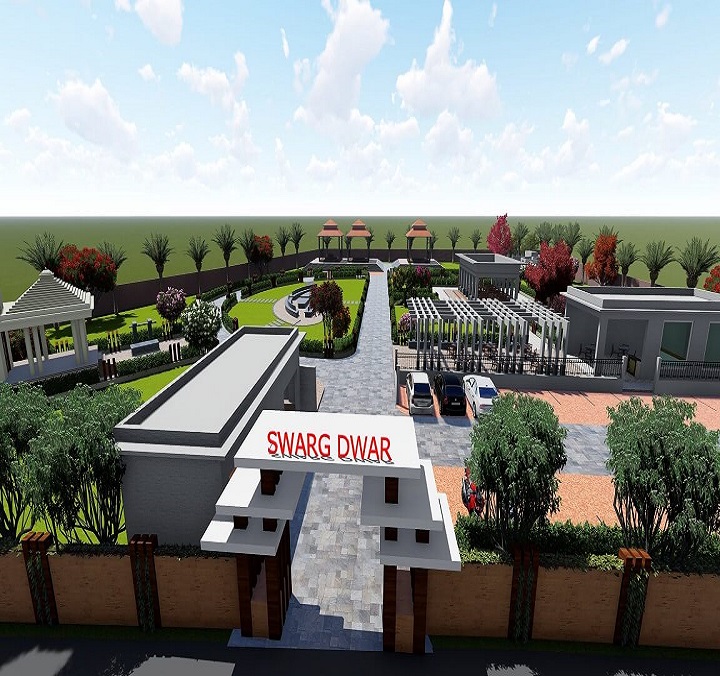
Home automation use and its future in India.
Home automation use and its
future in India.
Home
automation or intelligent homes or smart homes is a trending concept.
With the help of home automation, the world has seen a lot of improvement in the
energy efficiency sector.
Also, it has made a lifestyle impact.
Almost
all household appliances can be automated and controlled remotely.
You
can get the details of your electricity bill on your mobile phone anytime you
want. You can set the timing for your devices with smart wifi-enabled sockets and
switches.
Your smartphone could be connected to door locks.
Sensors
for dimming lights.
The
list continues.
In this article, we are going to explore the different uses of home automation and its
future in India.
Let
us begin with the definition of Home automation.
According
to Wikipedia, it is building automation for homes.
It
involves the control and automation of lighting, heating, ventilation, air
conditioning, and security, as well as home appliances such as washer/dryers,
ovens or refrigerators/freezers, TVs, etc.
Wifi or the internet is often used for
remote monitoring and controlling.
So
basically, the different verticals that home automation addresses are:
Smart
utilities, Security & safety, Entertainment, and Healthcare (Assisted
living).
Many wireless technologies are used in the home automation system.
These include Bluetooth, Wi-Fi, ZigBee, and Z-Wave, which are specific to the
Indian market.
The
growth of mobile technology and smartphones has enabled the growth of allied
industries as well.
The
low cost of the internet and availability of wi-fi has facilitated the growth of
home automation in India and it is predicted that it is only going to grow.
The
reasons for its growing popularity are:
Ease
of use, Instant access, Affordability, Ease of installation, and Energy-efficient products.
You
can schedule when your appliances work.
There
is better security owing to improvements in technology
It
is a very important feature of home automation.
Video
surveillance is fast becoming the standard.
You
can monitor and control your home from any part of the world.
As
days go by, it is expected that smart locks would become the norm.
The major advantage that home automation has today over the past few years is the
modular retrofit design which enables the ease of installation and makes use of
existing wiring.
We have
devices like Google Home and Amazon Alexa which are some of the latest voice-over control devices that enable you to monitor and control your home
appliances.
Coming
to the Indian market and the future of home automation in India, let us consider
that according to studies Indian Home automation industry is expected to be
over INR 30,000 crore by 2020.
We
can say based on recent trends that India is a prospering nation.
It
has an annual growth rate exceeding 7 percent.
It
could be observed that there is an increasing income rate in
the
population, especially so among the upper half of all wage-earners.
Homeowners
would gladly spend some more to have their homes automated.
The
youth in India has especially taken a liking to home automation.
Many
leading developers are already offering smart home features as an add-on.
Some
have even started giving video locking and video surveillance as standard
features.
There
are strong chances that home automation would soon become a norm and would be
accepted by Industry on a larger scale.
Based
on all the above points and the trend that home automation has been following,
it could be said that the home automation revolution is just around the corner for
India.
Very shortly, we would all probably be living in our very own smart
home.
With the help of home automation, the world has seen a lot of improvement in the energy efficient sector.
Easy Nirman Construction was Never Easy Before Us









No Comments yet ...